Fuel stations policy
Key changes to the Fuel Station Policy were announced in what was deemed as a very positive albeit long overdue move. The new policy was welcomed by various stakeholders and environmentalists mainly due to the strict restrictions it placed on ODZ and the fact that it introduced a limit in the overall number of fuel stations in Malta and Gozo - meaning that no new fuel stations are allowed. Only relocation of an existing fuel station will be considered.
The revised policy considers the wellbeing of our residential communities, as well as the environment, Environment Minister Aaron Farrugia had said, adding that a lot of time had been wasted discussing this topic rather than the shift towards electric vehicles.
Rural policy
A rural policy was published for public consultation in 2020. Farrugia said the “forward-looking” policy seeks to keep development to a minimum and to ascertain that the genuine farmer will be protected.
“It introduces a general presumption against development which is likely to have an adverse impact on protected areas, species, and habitats. The role of the environment extends beyond that of providing clean air, soil, water, and ground. The Maltese countryside provides a striking and important context to the natural and cultural identity of the Maltese national heritage: this is of particular importance as the setting of any particular cultural asset contributes to its merit.”
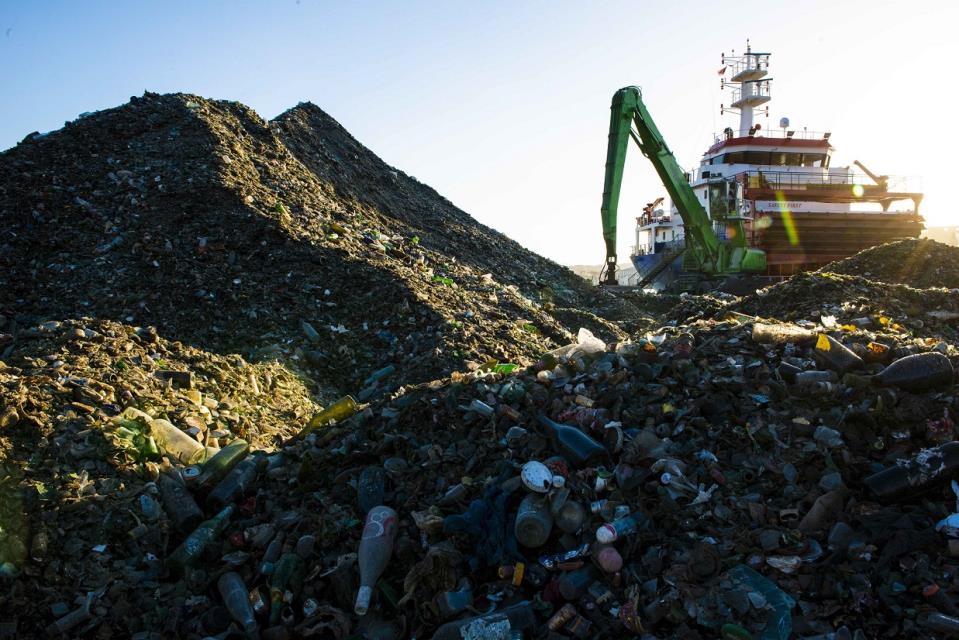
SPED review
At the beginning of the year, Farrugia had asked the Planning Authority to launch a review of the Strategic Plan for the Environment and Development (SPED).
The Minister had said that, while the 2015 document was a good start to tackle planning and the environment in a holistic manner, it was now time to address further issues, away from piecemeal solutions to challenges faced. Reviewing SPED would be the first step in achieving a better and straightforward policy in Malta, he said. The review was launched later in the year.
Low Carbon Development Strategy
The LCDS was finalised in 2020, outlining initiatives to gradually decarbonise the economy.
Farrugia had told EU ministers that Malta’s shift to LNG energy production meant that the country was already low-carbon, with Malta being the lowest emitter per capita in the EU.
Reiterating Malta’s commitment to climate action, he had urged other EU Member States to follow in Malta’s footsteps.
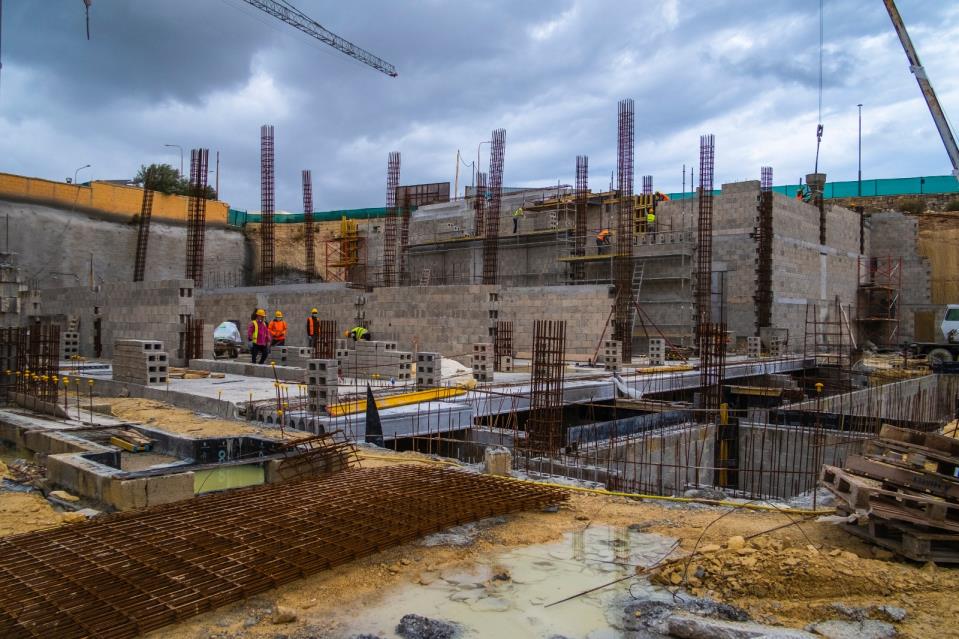
Ecohive
In 2020, the government announced Malta’s largest-ever investment in the waste management sector with the project ECOHIVE.
This investment includes the waste-to-energy plant, which will limit the country’s landfilling volumes, a new plant for the management of dry recyclables, a plan to treat organic waste to extract energy and produce compost for use in agriculture, as well as the replacement of the clinical and abattoir waste incinerator.
Farrugia had explained that such state-of-the-art waste management facilities will drive the country towards a circular economy with all waste streams being reutilised to their full potential. This would also help Malta improve its overall environmental performance and reach recycling targets.
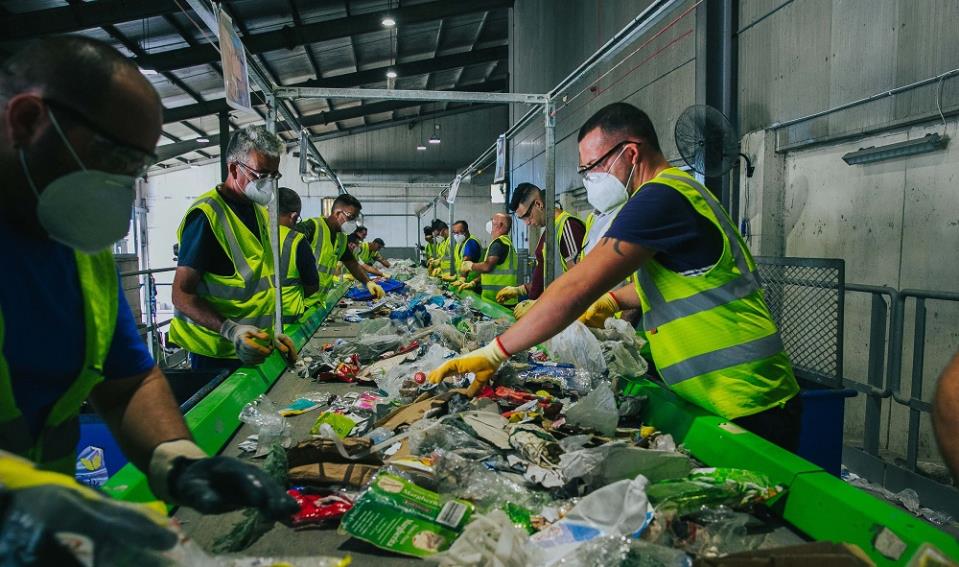
Rudimentary line and recycling exports
A rudimentary line was created at the Sant’ Antnin facility for the sorting of mixed dry grey bag recyclables.
The ministry had said that, owing to this upgrade, Malta will be increasing its recycling performance significantly. This process will result in good quality material, which can then be sold for re-use on the market.
2020 also saw a record of glass being exported for recycling, with Wasteserv exporting more than 6,500 tonnes of glass.
Urban greening
This was another new concept announced in 2020. Areas such as streets, squares, and other public spaces that are devoid of greenery are selected by local councils themselves. A total of 19 local councils ended up benefitting from this initiative, all with their own greening projects, specifically in urban areas. The species of plants selected were suitable for the specific urban sites, based on their environmental conditions, and carried out in accordance with ERA’s landscaping conditions.
Some of the localities opted for planting various trees and shrubs, while others were more ambitious with green roofs, green walls, and public gardens.
This shift in approach was also signalled by a green reform of the Development Planning Fund (DPF) of the Planning Authority which was also announced by Minister Farrugia, in order to give rise to more environmental and green projects in our localities.
Apart from this, the ministry had announced an unprecedented investment in environmental projects under the concept of ‘Green & Blue Infrastructure’ in urban areas in three localities: Ħamrun, Mosta, Ħal Qormi. These major projects are also focusing on greening urban areas in line with the ministry’s vision to move from grey to green.
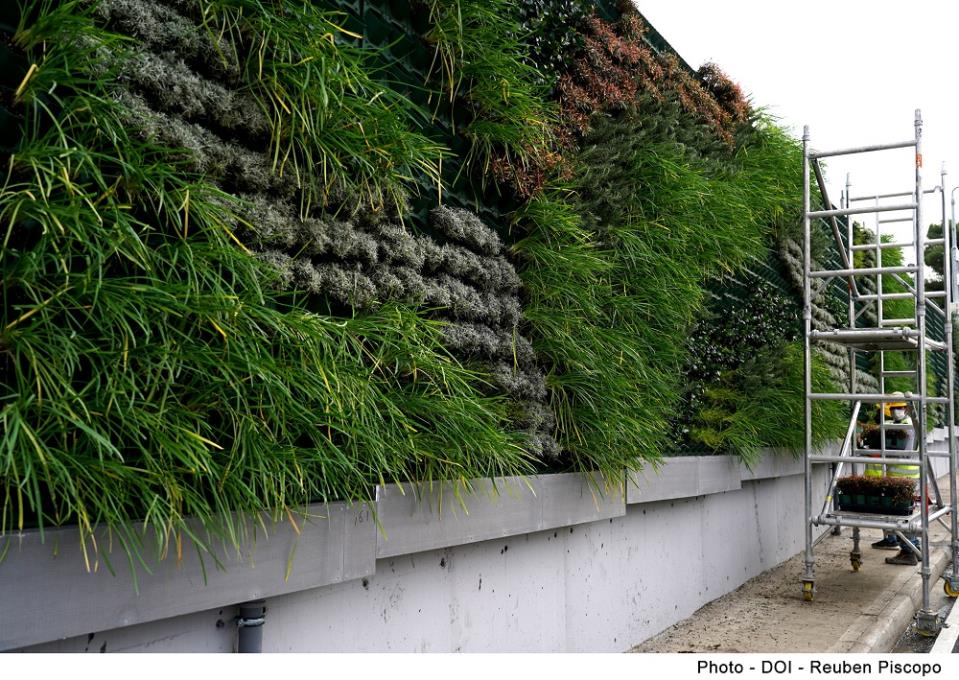
Green walls
Malta saw a number of green walls crop up in 2020, including the first-ever green wall as part of the island’s road network.
The Intelligent Planning Consultative Forum which was also put together in 2020, prepared a study on green walls and green roofs, which found that these could bring numerous benefits to our country.
27,600 plants were placed in the wall of the Marsa-Hamrun Bypass in a project by Infrastructure Malta on an initiative by Ambjent Malta, which financed the works, including an integrated water delivery system and maintenance.
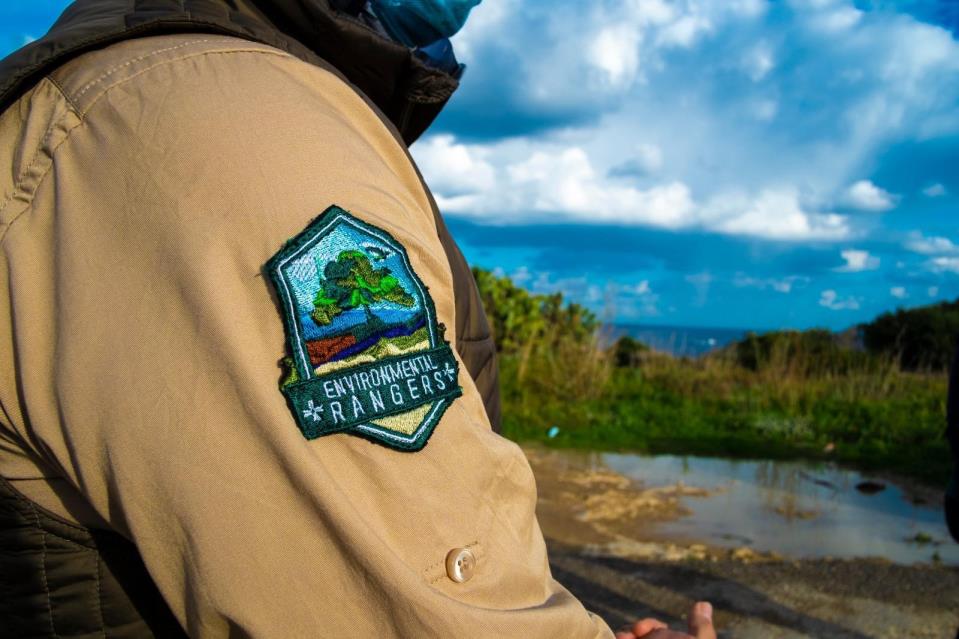
Natura 2000 Sites
The environment ministry had announced investments in the rehabilitation of Majjistral Park, explaining that works are ongoing to rehbailitate the natural habitats, restore historic buildings and promote the park itself. The ministry and ERA financed the removal of 6,800 tons of inert dumped material from il-Prajjiet, Għajn Żnuber and ix-Xagħra l-Ħamra. Around 200 tons of invasive alien species, including century plants and blue-leaved wattles were also removed.
This year, new areas to form part of the European Union’s Natura 2000 have been designated to further complete the network for Malta. The proposed sites will be added to the 34 terrestrial Natura 2000 sites already in place in our islands, which currently cover over 13% of the total land area of the Maltese islands.
The new Natura 2000 sites are Tal-Wej, in the limits of Mosta; Ħas-Saptan, within the limits of Birżebbugia, and Wied il-Mielaħ, situated in the limits of l-Għarb, Gozo. These sites have also been designated as Special Areas of Conservation (SACs). Wied il-Mielaħ has also been declared as a Special Protection Area. L-Għadira s-Safra, an existing N2K site, has been extended to cover further elements of ecological importance.
Construction waste
Plans to regulate the construction waste sector sustainably and in the long term were also announced.
The intervention was deemed necessary in light of the fact that the market did not function in the way it was expected to, with the consequence that quarries in our country were not keeping up with the amount of waste being generated from infrastructural projects by the government at the offered cost.
Farrugia had said the government was taking “courageous” steps that previous administrations had failed to take.
Beverage Container Refund Scheme
The final agreement which will allow Malta to have a beverage container refund scheme in place was signed in 2020.
Following various discussions and consultations, including with the European Commission which approved Malta's model last December, the Government, together with stakeholders in the private sector who are representing the producers and importers, is concluding the agreement which will allow Malta to have a refunding system for beverage containers on a national scale, the ministry had said in a statement.
Minister Farrugia said that this agreement is in line with the direction given by the European Union. This will work hand-in-hand with the single-use plastics ban announced by the ministry at the beginning of this year.